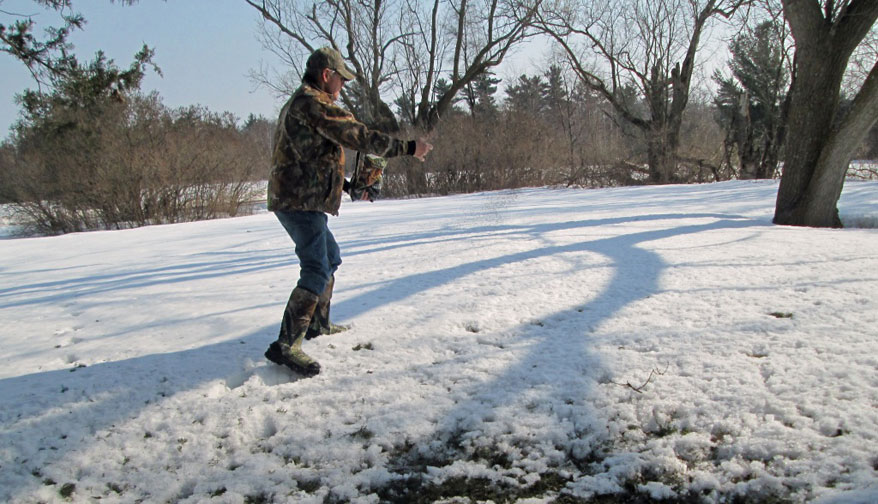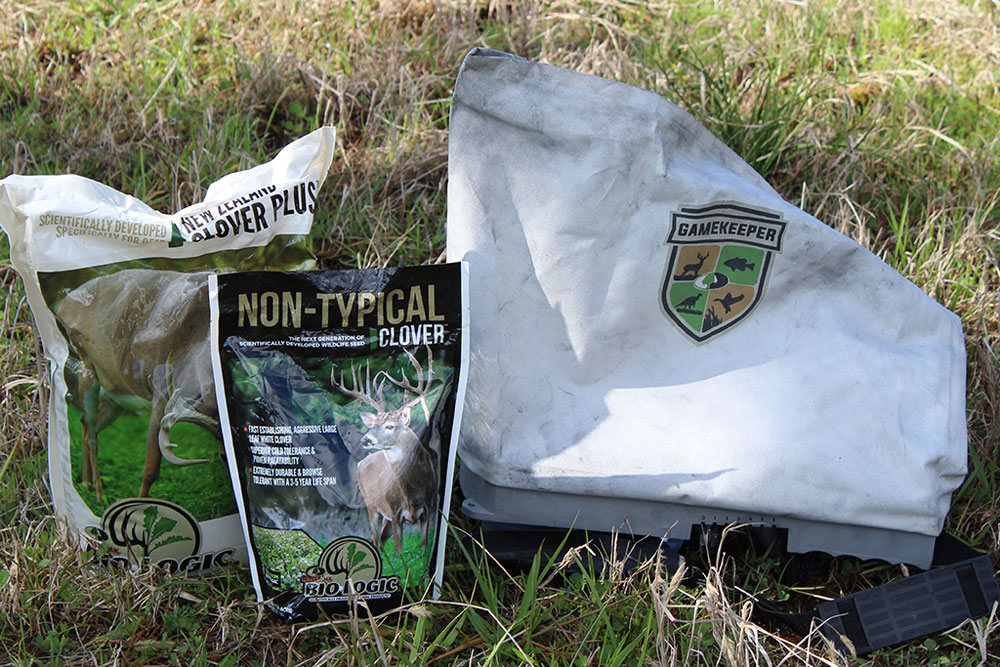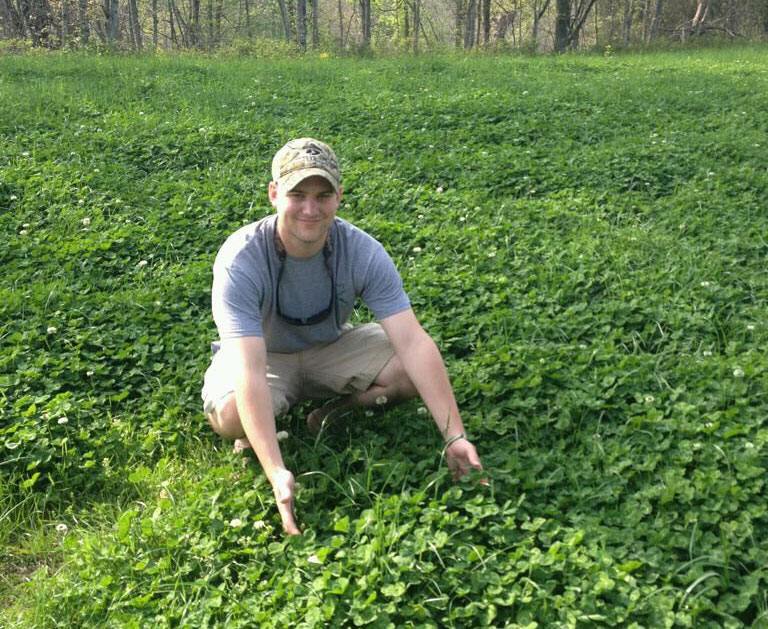
When you look on the fringe of “seldom used food plot planting techniques” you’ll find frost-seeding and snow-seeding. They’re actually great planting methods for certain seeds, but most people don’t consider them often. What’s the difference? The answer is simply when each occurs, or under what conditions they need to happen, and how Mother Nature helps to sow the seed.
Broadcasting is actually the seed distribution system in this case and the actual technique requires either snow or the soil heaving for each to work correctly. The two methods are used most often to reseed or add plants to a perennial plot. If you wish to add a new cultivar to the stand or help reduce the effects of winter-kill, wheel-ruts or gopher mounds, these two techniques can work very well.
While they are most often used during the late winter or early spring to plant perennials like clover, alfalfa, trefoil or chicory, it could potentially work for any small seed with a spring planting time. Obviously either would need to happen when experiencing melting snow, or when the ground is thawing during the day and freezing at night.
SNOW SEEDING FOOD PLOTS
We’ll talk about snow-seeding first since it would typically take place before actual frost seeding. The idea here is to broadcast your seed when the last bit of remaining snow is melting. The seeds make good contact with the soil when the snow melts. Moisture is a key determinant for germination and seedling success and during this time of the year there is more topsoil moisture than at any other time. The melting snow also helps to seat the seeds. One of the best parts of snow seeding is you can easily see the dark seeds against the white background when broadcasting.
FROST SEEDING FOOD PLOTS

Frost seeding requires the soil to be thawing, freezing and heaving. The seeds get caught in the cracks created by the heaving process, and this, is in essence how the seeds are “planted.” When time-lapse photography of this period is viewed, the ground appears to come “alive” because of all the movement from the soil expanding and contracting over and over again. This movement helps to create excellent seed to soil contact.
You can use anything from a tractor or ATV broadcaster on down to throwing out the seed by hand to distribute the seeds. This method is popular in areas where it is difficult to get a tractor to during the spring months. As long as you can get to the plot by ATV or on foot, this process is still an option. With the help of a little fertilizer and maybe a selective herbicide, you can have perennials like New Zealand Clover Plus and BioLogic’s Non-Typical Clover that last for years with only hand equipment and this creative, but seldom used procedure.
Another benefit of frost seeding is weed suppression, with the lack of soil disturbance you start off the spring with a much cleaner stand. Be sure to soil test, lime, fertilize and use weed control for perennial food plots that will last you for years.




























